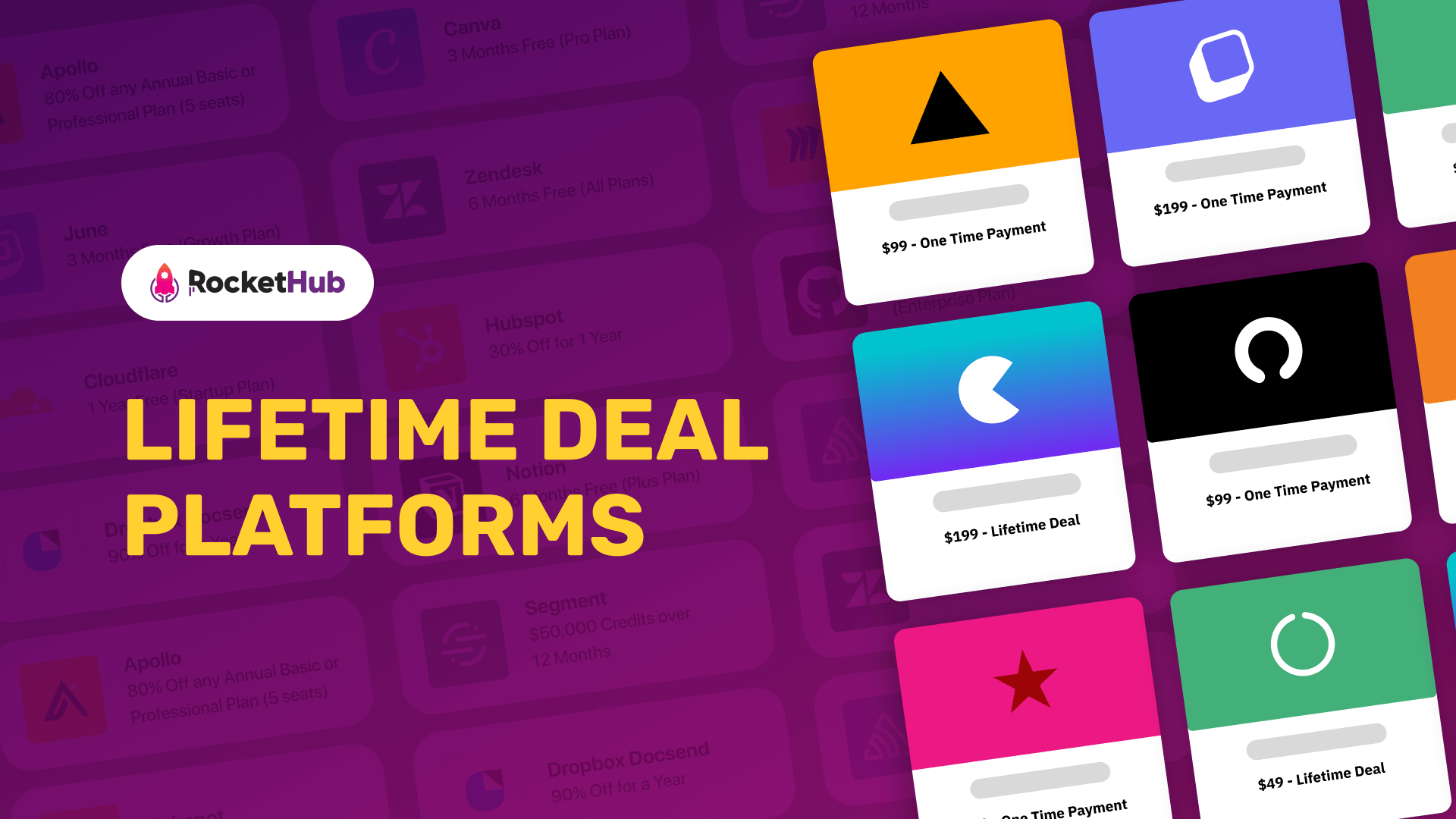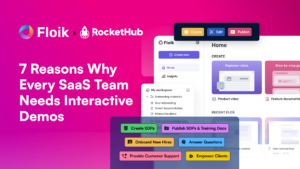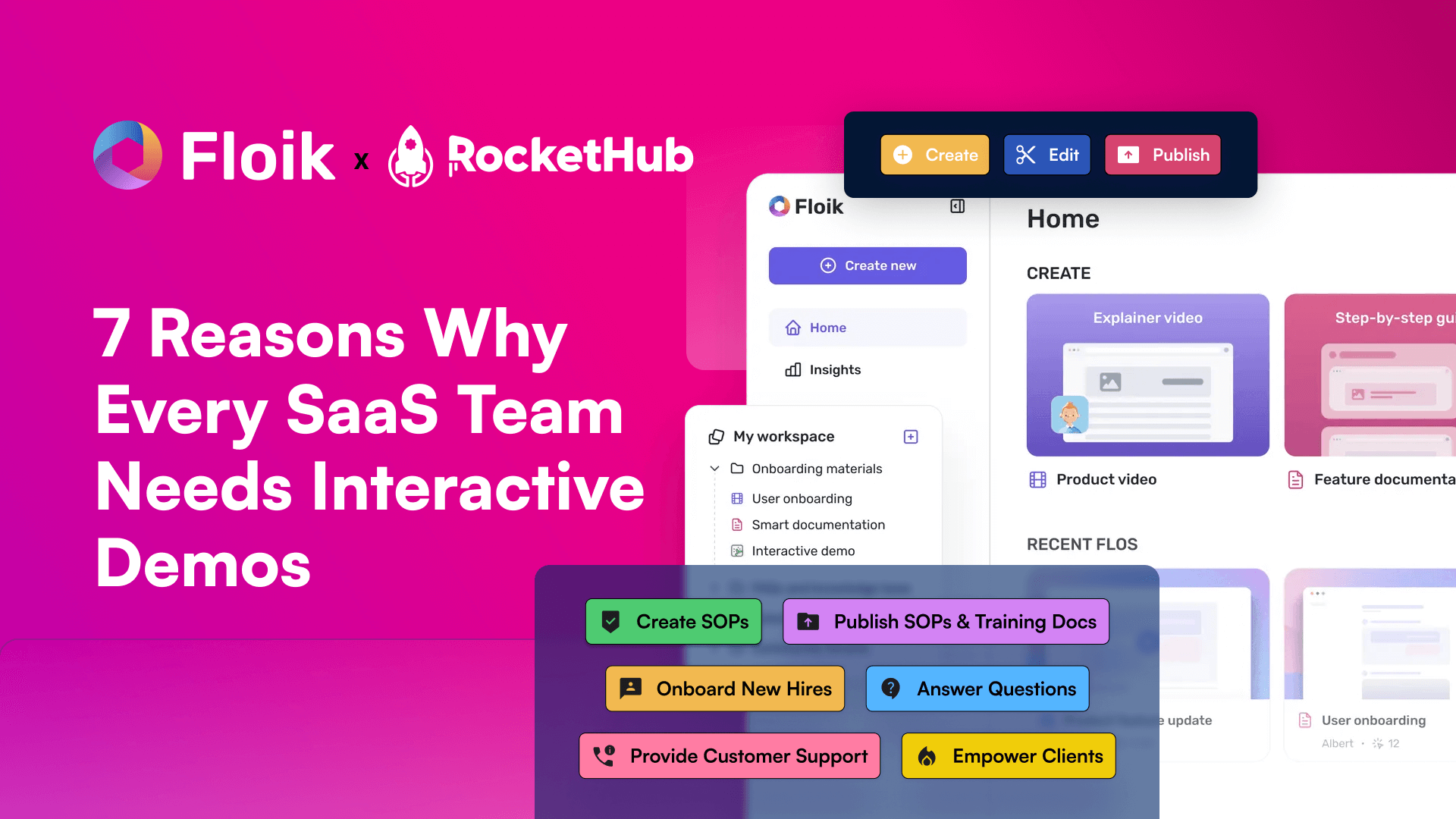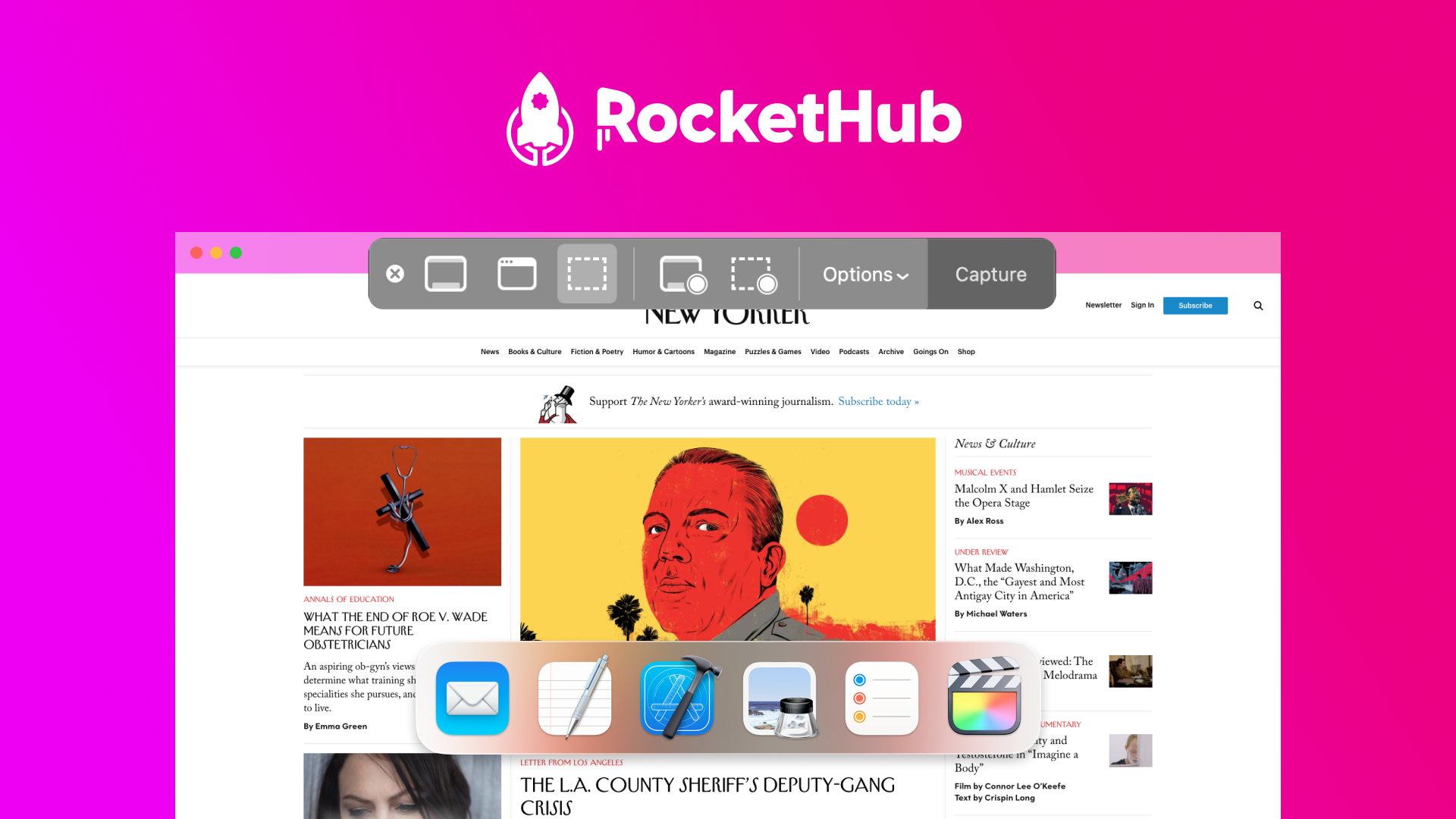
How to Create a Customer Journey Map
- Angel Alfred
- January 11, 2023

Creating a customer journey map is an essential part of understanding and enhancing customer experience. It enables a business to see the customer journey from the customer’s point of view and identify any potential pain points along the way. That’s why in this blog post, we’ll look at how to create a customer journey map and the benefits it offers. Let’s go!
What are Customer Journey Maps?

These maps are a compact visualization of an end-to-end customer experience, and they can take many forms (infographics, illustrations, diagrams – all that good stuff). A customer journey map illustrates all the places and touchpoints customers come into contact with your brand, online or off… and they help you look at your brand, product, and processes through the customer’s lens so that you can visualize the literal customer journey through the funnel.
In this post, we’ll be detailing the steps to help you craft a complete and comprehensive customer journey map for your business, and discuss how to evaluate and use it effectively.
Customer Journey Mapping – The History
In the late ’90s and early 2000s, digital marketers’ understanding of the consumer buying process was heavily based on the traditional, linear customer funnel – which is now obsolete.
Today, marketers understand that the path to purchase is not as linear as the funnel model would have us believe.
Buyers and browsers have more ways to interact with businesses than ever before, and the focus has shifted from getting people into your funnel to delivering an exceptional customer experience.
Types of Customer Journey Maps
Since the customer journey is not linear, it also makes sense to have different types of customer journey process(s). There are different types of customer journey maps, and they all can help you improve the customer experience – but you have to choose/create a customer journey that aligns with your specific purpose. That said, now let’s take a look at each one of them:
Current State Journey Mapping
If you want to gain a deeper understanding of what your customer experiences while interacting with your product or service right now, consider using current state mapping. This type of journey mapping is all about visualizing the thoughts, actions, and emotions of your customers as they interact with your brand’s touchpoints.
Suppose you have a huge amount of visitors using the Chrome browser to access your site, but most of them leave your site without converting. You also notice from the journey map that the same type of customers uses Safari or Mozilla Firefox browser to make a purchase.
Equipped with this kind of data, you can tell that your customers using Chrome to access your access are probably facing some issues. Current state mapping allows you to compare customer experience between these different browsers, therefore, giving you room to uncover conversion roadblocks on underperforming browsers.
Future State Journey Mapping
As the name suggests, future state mapping helps you visualize what thoughts, actions, and emotions your customers will probably experience when interacting with your company in the future. In other words, they help you visualize the ideal journey you’d like your customers to embark on as they interact with your brand.
The future state is an effective customer journey map which is ideal for teams who want to close the gap between the current customer’s experience and where it should be. One important thing to note here is that there’s no future state customer journey design without mapping the current state first. You need to conduct research first, understand the current state, and then work on your future state.
You can also design a future state map if you have a new product or service, and you want to illustrate your vision to your team and set clear strategic goals. Here are some more reasons why you should consider designing future-state journey maps:
- Keeps the focus on the customer
- Drive strategy
- Align teams
- Control power dynamics
- Uncover future pain points you’ll need to optimize
- Extract and articulate a vision
Unlike current state maps, future state maps are driven by business strategy.
Day in the Life Mapping
Sometimes it’s necessary to know what your customer’s pain points in real life look like. Sometimes when you look beyond how a customer interacts with your brand, you get to discover more about your customer’s behavior. This may entail asking for customer feedback or mapping day-in-the-life journey maps.
Day in the life mapping gives you a visual representation of the customer’s journey in their real-life day-to-day activities. This type of journey map is different from the aforementioned ones in that it’s more about insight discovery than it is optimization. So it helps you discover your ideal customer touchpoints outside of your product, service, or brand.
Benefits Of Customer Journey Map
There’s a story common to many founders in the ecom space, SaaS, or any other niche.
“I had a problem, I didn’t see a solution in the market, so I decided to build the solution”.
This looks like a template, but it’s true for many businesses. The issue with this is it leads the founders and top execs to think they know all there is to their customer issues and buying journey.
This might be true at the surface level, but there’s a lot underneath to be uncovered.
To maximize customer engagement and satisfaction with your business, you need to break down every step of your customer journey and align it with a goal.
Here are some benefits you stand to gain from customer journey mapping.
1. You Can Create a New Customer Target Base
There’s a mental picture you have of who you think your customer is. In reality, most times, that’s not your ideal customer.
If you fail to have a customer journey map, you probably don’t completely know the demographics and psychographics of your customers.
This is bad for your business, and that’s because you keep throwing money down the drain targeting broad customer segments and interests. This leads to a spike in your CAC.
Researching the needs and pain points of your typical customers and mapping out their journey will give you a good picture of the people trying to achieve a goal with your company. Thus, you can hone your marketing to that specific audience.
2. You Can Implement Proactive Customer Service
A customer journey map is like a roadmap to the customer’s experience. It shows you moments where people will experience delight and situations where they might be faced with friction. Knowing this ahead of time allows you to plan your customer service strategy accordingly and intervene at ideal times that maximize your brand’s value to the buyer.
Proactive customer service also makes your brand appear more reliable to your customer base. For example, if it’s around the holidays and you’re anticipating a customer service surge, you can send a message to your customers letting them know about your team’s adjusted holiday hours.
You can also tell them about additional support options if your team is unavailable and what to do if there’s an urgent problem that needs immediate attention.
This way, customers won’t feel surprised if they’re waiting on hold a little longer than usual or call you outside your new working hours. They’ll even have alternative options to choose from — like a chatbot or knowledge base — if they need to find a faster solution.
3. You Can Improve Your Customer Retention Rate
A customer journey map gives you a full view of your customer’s buying process. This view helps you see areas of difficulty that your customer might encounter, and you can go ahead to improve their experience there.
Being proactive in improving your customer experience and decreasing their friction points will encourage more customers to stay with your company.
Customer journey mapping can point out individuals who are on the path to churn. If you log the common behaviors and actions of these customers, you can start to spot them before they leave your business. While you might not save them all, it’s worth the try since increasing customer retention rates by just 5% can increase profits by 25%-95%.
How To Create a Comprehensive Customer Journey Map
Here’s what you need to understand about customer journey maps:
There isn’t an official template that you should be using… simply because no two customer journeys are the same!
Depending on the business, product, or service which is being mapped, best practices and design may vary. This means you have a great deal of freedom to explore and be creative – so construct your basic customer journey map using the following steps, and then go ahead and embellish it all you want.
1. Nail Down Your Buyer Persona
The first step in creating a customer journey map is understanding who your customers are.
Shay Namdarian of Collective Campus explains:
To best understand the customer, organizations need to develop personas. Get into their shoes so you understand how they behave (including likes and dislikes) and why they do what they do. Although everyone is unique, these customer profiles provide guidance and input for journey mapping.
If you haven’t already done so, get started on developing your buyer personas.
Whilst doing this, keep in mind that it isn’t sufficient to have just one buyer persona. People at different buying stages will behave differently and interact with your business differently, so it’s worth distinguishing between someone who has been doing market research for a few months and is ready to make their purchase, and someone who has only recently begun thinking about solving his/her particular need (by trying your product/service).
2. Understand Your Buyer’s Goals
Once you have your buyer personas built, the next step is to dig deep and understand what each of them hopes to achieve as they go through the customer journey.
Think about what your customers’ ultimate goals are in each phase (and remember that these may change as the process unfolds).
Some examples might be:
- Researching the different options that are available
- Ensuring that s/he is paying a fair price
- Reassurance that s/he has all the necessary information about the product
A great way to go about doing this is to first identify the paths that your visitor may take on your site. If your visitor is a member or pre-existing customer, the first thing that they might do is log in. Other activities include browsing, searching for products, comparing products, and more – once you’ve nailed down a full list of these activities, you’ll be able to identify all your touchpoints and the goals associated with each touchpoint.
The next step is to determine the goals for each customer phase clearly on your map (as demonstrated in this sample map from Heart of the Customer).
By doing this, you’ll be able to examine how well you are meeting those goals and answering customers’ questions.
3. Map Out Buyer Touchpoints
A “touchpoint” refers to any time a customer comes into contact with your brand – before, during, or after they purchase something from you. This also includes moments that happen offline/online, through marketing, in person, or over the phone.
Some touchpoints may have more impact than others. For example, a bad check-in experience at a hotel can taint the entire stay.
You’ll want to take all potential touchpoints that occur between your customers and your organization into account. That way, you won’t miss out on any opportunities to listen to your customers and make improvements that will keep them happy.
How to Identify Touchpoints
Because there are so many different ways for customers to experience your brand, the idea of figuring out all potential touchpoints may seem daunting at first.
However, you can make this task easier by putting yourself in your customer’s shoes and walking yourself through their journey step-by-step.
Ask yourself the following:
- “Where do I go (and how do I get there) when…”
- …I have a [problem that your product/company solves]?
- …I discover the product or business that solves my problem?
- …I make my purchase decision?
- …I encounter the business again after the purchase?
This should reveal all touchpoints pretty clearly.
Another way of accomplishing this task would be to ask customers directly about their experience with your brand – or put the above questions into a survey.
Additional tip: Use Google Analytics
If you have Google Analytics set up for your website, there are two reports that you may find useful:
4. Identify Customer Pain Points
At this point, it’s time to bring together all your data (both quantitative and qualitative) and look at the big picture to identify potential roadblocks or pain points in the customer journey. You may also want to note down areas where you’re currently doing things right, and figure out ways to improve.
To do this, ask yourself questions, and interview customers and customer-facing staff.
Some potential questions might include:
- Are my customers achieving their goals on my website?
- Where are the main areas of friction and frustration?
- Where are people abandoning purchases (and why)?
Once you know where the roadblocks and pain points are, mark them down on your customer journey map.
For example, take this chart from UserTesting, which depicts positive and negative customer experiences by color code.
5. Prioritize and Fix Roadblocks
If you look at it from a micro perspective, here are some questions you can ask yourself: What needs to be corrected or built? Is there a need to break everything down and start from scratch? Or are a few simple changes all that’s necessary for a big impact?
For instance, if customers frequently complain about how complicated your sign-up process is, it’s probably time to revamp it and make things easier.
After you’ve identified these roadblocks, take a step back and look at the big picture from a macro perspective. Recognize that the end goal is not to optimize each step or touchpoint just for the sake of optimizing it, but so that you can push your customers down the funnel, and bring them one step closer to converting.
At the end of the day, you want to be getting more conversions. So everything you tweak in each customer touchpoint should all be contributing to that one goal.
6. Update and Improve
Your customer journey map shouldn’t be left to gather dust on the shelf once it’s completed. Because your customers are constantly changing and evolving, your customer journey map should be doing the same as well. Consider it a living document that will continue to grow and develop.
If possible, test, update and improve your customer journey map every 6 months or so. In addition, customer journey maps should also be tweaked accordingly whenever you introduce significant changes to your product/service.
Evaluating Your Customer Journey Map
Customer journey maps need to have a purpose and should be actionable, measurable, and dynamic. This allows you to ensure their effectiveness and determines success.
Include KPIs
Key performance indicators can help provide the evaluative framework to make your customer journey map actionable.
For instance, one of the main functions of a customer journey map is to pinpoint opportunities based on qualitative research of your customer’s perceptions and experiences.
Many companies use a customer journey map(s) to help them gain qualitative insights into customer highs and lows. Indicators like “meets/do not meet/exceed expectations” are used to effectively visualize opportunities for improvement in the customer journey.
Other helpful metrics you could track include:
- Net Promoter Score (NPS)
- Customer satisfaction measures
- Quantitative assessments of customer emotions
- Measures of the importance/helpfulness of specific touchpoints
Whatever metrics you decide to use, they should help you measure the health of your customer experience, now and in the future.
When Should You Create a Customer Journey Map?
A customer journey map is typically generated early on (often in the research phase ), and should always be created to support a known business goal. Maps that don’t align with a particular goal usually won’t result in applicable insights.
Examples of potential goals to apply a customer journey map to:
- Shifting a company’s perspective from inside-out to outside-in
- Assigning ownership of key touchpoints in the customer experience to specific departments
- Learning about a specific customer persona’s purchasing behaviors
If you don’t have a particular business goal for creating a journey map, it’s best to stop before you begin. Don’t create a journey map simply for the sake of making one – or you’ll find the entire exercise a major waste of resources, time, and money.
Applying Your Journey Map to Your Business
Finally, it’s time to take everything you’ve learned through the customer journey mapping process, and use the insights and opportunities to make meaningful business changes.
You’ll also want to share this information with others so that your entire organization can reap the benefits. Consider transforming your journey map insights into a user story, requirement description, KPI, design objective, or measurement opportunity. This will help you to better communicate and distribute the knowledge you’ve gained from departments, teams, and stakeholders.
Conclusion
Creating a customer journey map is a great way to understand your customers better, and develop a better relationship with them. It’s not a one-time process and requires ongoing maintenance and refinement. By understanding your customer’s needs, you can develop more effective strategies for reaching them and fostering loyalty. With a customer journey map in place, you will be able to create a personalized experience for each customer, ensuring that each one feels valued and appreciated.
Share This Post
Angel Alfred
Angel is a digital marketer, a mental health speaker, and above all, a writer. She loves being a part of the RocketHub team and is keen on learning and taking over new challenges every day!
Table of Contents
Get The Latest Updates
Subscribe To Our Weekly Newsletter
Sign up below to be one of the first crew members onboard and get early access to amazing deals.
Recent Posts


Social Media
Categories
Related Posts

Lifetime Deal Platforms
The best lifetime deal platforms for software. Platforms lik RocketHub scour the web for the highest quality products to bring buyers the best lifetime deals on their platform.

How to Work for Yourself + 13 Solo Business Ideas
Do you ever wonder if being your own boss could truly set you free? In this article, we’ll explore the theory that unleashing entrepreneurial freedom

7 Reasons Why Every SaaS Team Needs Interactive Demos
Making a Case for Interactive Demos: 7 Reasons Why Every SaaS Team Needs Them Let me paint a scenario for you. You want to buy


